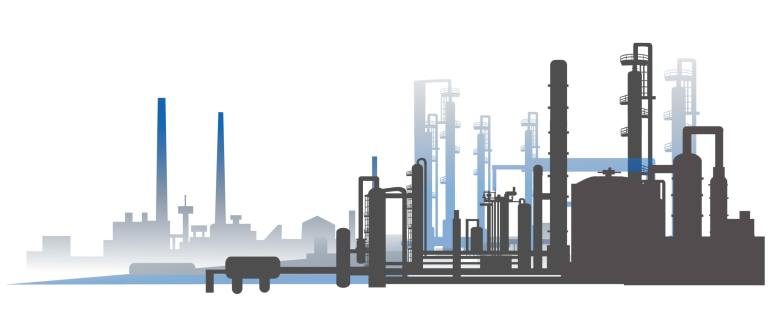Climate change issues in energy sector are not how we can make more renewable energy sources, but how we can transform the existing fossil-based to lower carbon-emission ones, and renewable is currently humanity’s latest solution. One the biggest contributor to carbon footprint is coal-fired power plants, which phasing out them seems like a logical necessity. IEA states that coal-fired power generation must be reduced 80 percent below 2010 levels by 2030 and complete extinction by 2040[1].
There are ways to accelerate such power plants phase-out. However, trouble exists: long term Power Purchase Agreements, which support economic benefit to coal supplier, power plant developer, and government; while such PPAs can have certain cost of debt and equity to its financiers.
There are several schemes that are available such as assets-backed securitization and green bonds. The basic scheme is to acquire assets, change the capital structure, and reinvest the funds to renewable energy sources development. The most famous one in South-East Asia is the one developed by Asian Development Bank called Energy Transmission Mechanism. Basically, ADB will have its concessional financial products used with collaboration together with international financial institutions and local investors to acquire coal-fired power plants by changing the cost of debt structure, while using the funds to be reinvested in future renewable power plants.
Collaboration is paramount here, as the problem is lack of fund. With more fund for various stakeholders available, more coal power plants can be early retired. However, problem arises: resources may be allocated to compensate the plant operators, which considered as main contributor of such “climate change”. However, in the end we need to see that the main point is how public can have access to affordable and sustainable energy supply, while renewable energy technology available can support that. Another concern is that the compensation may not distributed well between plant owners / investors, workers, and surrounding communities[2]. Considering workers and communities is also crucial to make sure the compensation has the right “investment model”.
Since what we want is to have energy transition, not just divesting in current fossil plants, sustainability is an important effect to be paid attention to, meaning renewable power plants should replace the power plants immediately. There are two pragmatic reasons. The first one is banks only want to invest in renewable power plants. In order to accelerate coal power plants early retirement, banks will need to participate in the scheme, with the creation of project bundling (early coal power plant termination and renewable power plant development) to make sure the scheme complies with bank policy. The second reason is the opportunity of land usage. Power developers usually have problems regarding land acquisition (due to regulation, land usage etc.). Giving such access to land reusage will decrease the hurdle a lot.
Since PLN, Indonesia state-owned electricity company, operates most coal power plants, government should easily control early retirement scheme and make sure coal will not dominate power plants share in Indonesia in the next 10 years.
Sources:
[1] IEA. 2021. Net Zero by 2050: A Roadmap for the Global Energy Sector.
[2] RMI. 2020. How To Retire Early




